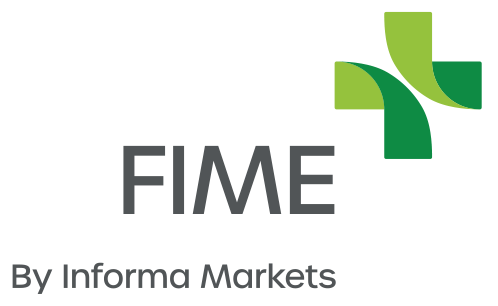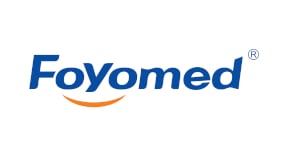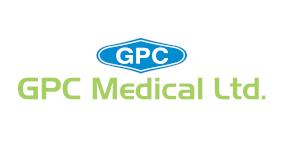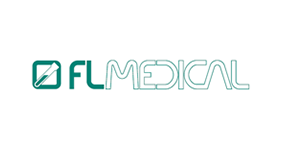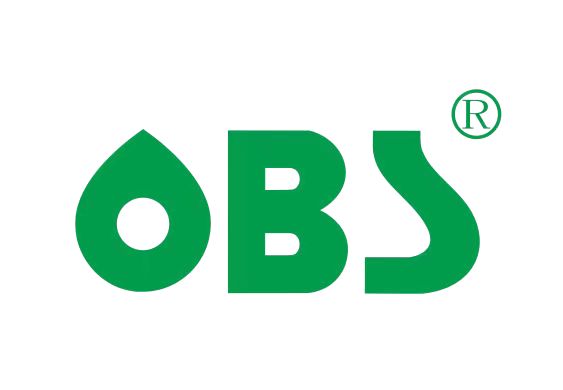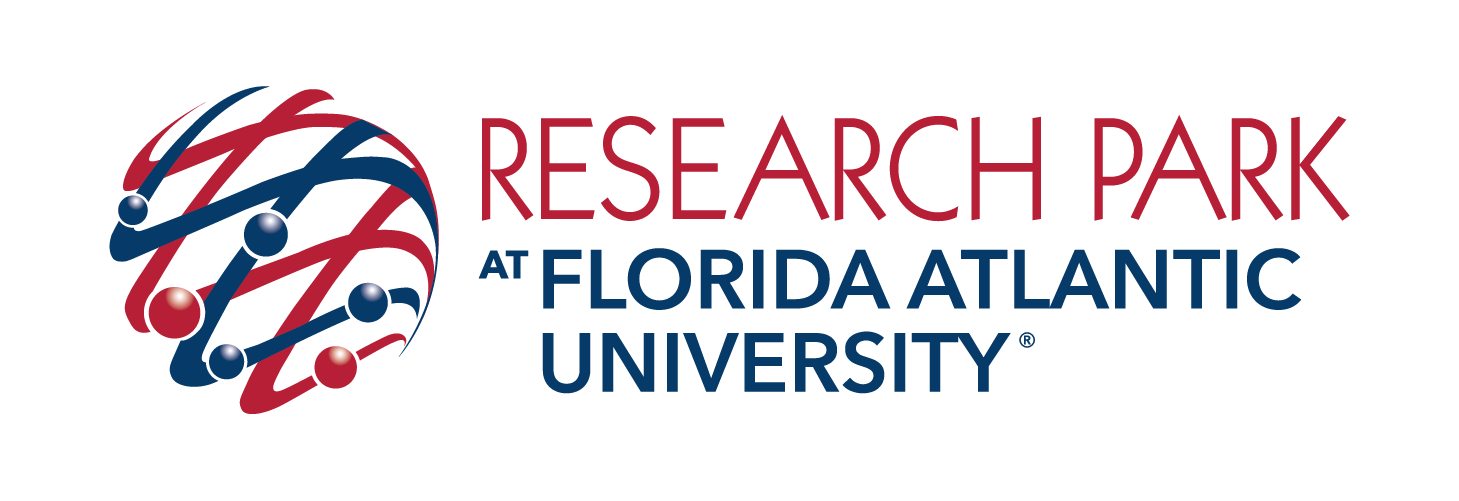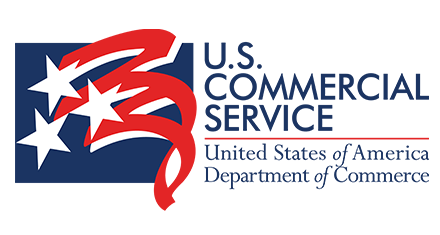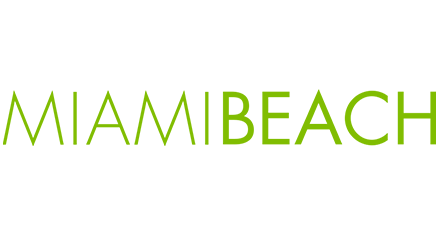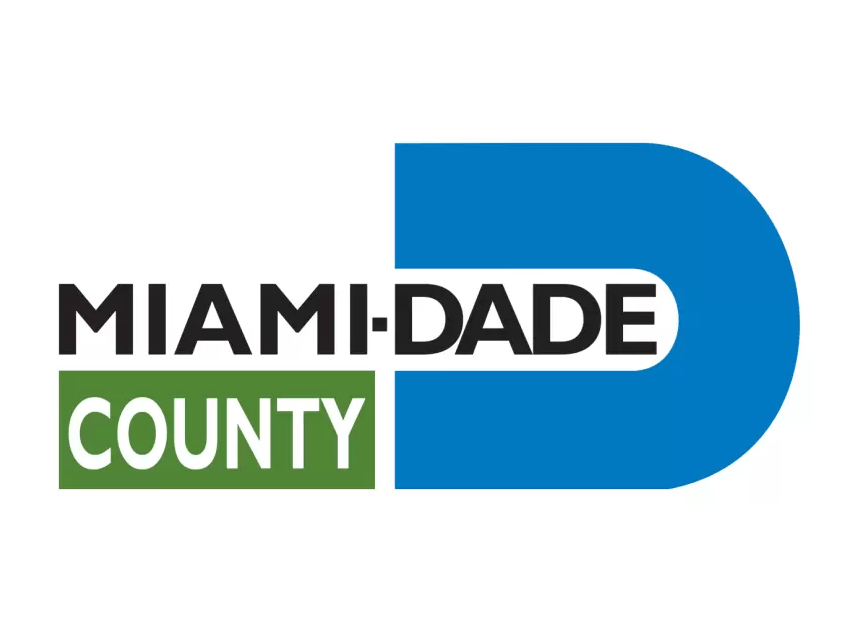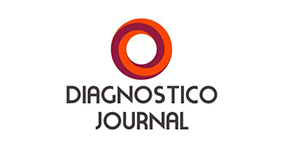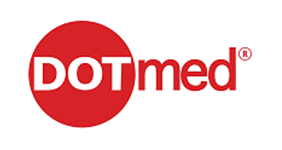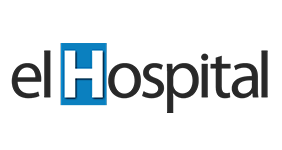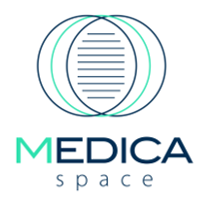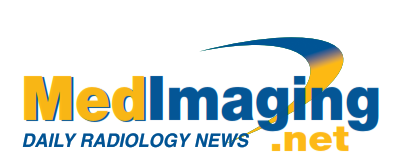2019 Refurbished medical devices market in North and Latin Americas
Drivers
TforG.com identifies the following as key factors and drivers shaping the refurbished
medical market:
- Population growth, greying societies, and the increased demand upon healthcare systems; increase of morbidities and chronic conditions
- Hospital budget constraints, forcing care providers to seek alternative and more financially viable and sustainable procurement options
- Immense price-quality value; 20-60% cheaper than new equipment
- Greater focus and prioritisation of developing nations on their healthcare delivery, and a rising demand for medtech accordingly
- Difficulties in reimbursing medical care; inefficiencies in reimbursement mechanisms
- Growth of privatisation across nations all over the world
- Activities being undertaken by refurbishing companies to expand production facilities and supply networks in various country markets, both developed and developing
- Increase of joint ventures and partnerships across the sector
- Changing perception of resource utilisation
- Growing popularity of recycling practices, awareness of ecological damages to the planet
- Quicker return on investment for hospitals, which allows for more regular updates of equipment
- Advances in technological skills in refurbishing, to guarantee quality and safety in cost-effective ways
- Increases of warranty and post-sale services being offered with refurbished products/sales contracts, boosting the positive perception/consumer confidence and reliability of the supplier
- Interconnectivity and easier access through online marketing and sales
- “Older” refurbished equipment is more likely to be known by the users, which saves costs and resources to train personnel and avoids error, increasing patient safety
- No unexpected inherent product malfunctions, as the product has already been on the market for a while
Challenges and market inhibitors
TforG.com also highlights certain challenges to the prevalence and global growth of refurbished medtech markets:
- A lack of international standards and harmonisation of protocols in regards to quality, technological, marketing and sale controls
- Inadequate reimbursement mechanisms
- Unsupportive import laws and regulations
- Potential lack of sale/servicing support and availability of spare parts when necessary
- Reliability of suppliers and product quality, which again closely ties in with perception, and the previous point of being able to offer warranties and post-sale services
Market Synopsis - North Americas
US market dominance
According to a report by Fitch to a blog post by TforG.com (an IQVIA company) titled Sustainable Medtech: An overview of the Refurbished Medical Equipment Market, a key factor to the refurbished medical device market is the matter of regulation.Solutions, the US will remain the world's largest market for medical devices, accounting for around two-fifths of the global market Fitch Solutions forecast and project that the medical device market will register a 2017-2022 CAGR of 5.1%, which will take the value to USD198.5billion.
However, US medical device exporters will be faced with a tougher environment in 2019 as global trade is affected by a slowdown in the US economy and ongoing tensions over tariffs. This gives rise to the refurbished medical device market in which North America dominates the global market, due to the high incidence of various diseases, such as cardiovascular disease and cancer, which is a favorable regulatory scenario for the use and sale of refurbished devices.
The USA is currently home to many of the largest refurbishing companies:
- GE Healthcare
- Block Imaging International
- Soma Technology
- DRE Medical
- Integrity Medical Systems
- Radiology Oncology Systems
- Master Medical Equipment
Who regulates the refurbished medical devices market in the US?
The FDA's Center for Devices and Radiological Health (CDRH) is responsible for regulating firms who manufacture, repackage, relabel, and/or import medical devices sold in the US. In addition, CDRH regulates radiation-emitting electronic products (medical and non-medical) such as lasers, x-ray systems, ultrasound equipment, microwave ovens and color televisions.
